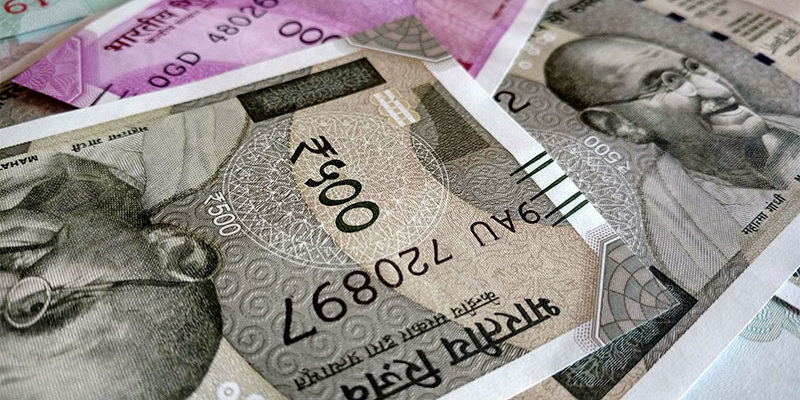Easy money is known as cheap money, easy monetary policy and expansionary monetary policy. An easy money policy is a monetary policy that increases the money supply usually by lowering interest rates. The main purpose of Easy Money policy is to facilitate increase in investment thereby raising gross domestic product.
Easy Money occurs when a country’s central bank decides to allow additional cash flows into the banking system by reducing key policy rates like Repo rate, Reverse Repo rate under the liquidity adjustment facility (LAF), and consequently the marginal standing facility (MSF) rate and the Bank Rate. Another measure of increasing the money supply is Central Banks indulging in purchase Treasury-backed securities on the open market. The purchase of these securities gives money to the people who sold them on the open market. The sellers normally keep excess funds into a bank account. The Lower interest rates/open market purchases of treasury bills boost the amount of money in circulation. The extra money in Current account/savings bank/deposit accounts gives banks more money to invest. Banks can use this additional flow of funds to lend or invest them in other ways because most of this new money comes to lenders above the minimum reserve amount. As a result, the borrowers spend the loans on whatever they choose, which, in turn, stimulates other economic activities.
Over the medium term, the central bank achieves its goal of boosting the economy. If the increase in supply of produces does not match the increase in the money supply,results in the increase in demand, prices rise. Therefore, central banks usually alternate between cheap and tight money to boost the economy and prevent it from overheating by raising interest rates.



